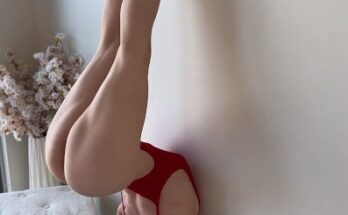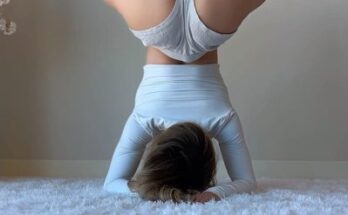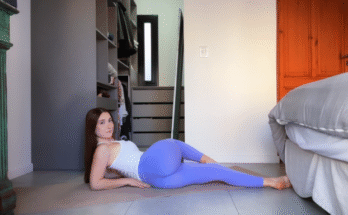In the world of yoga, flexibility is often viewed as a gateway to deeper physical and mental awareness. Among the many forms and techniques available, “spread open yoga” emphasizes wide-legged, open-hip poses that promote expansive movement, inner balance, and a profound release of tension. This style of practice is not just about achieving photo-worthy poses; it’s about gradually unlocking the body’s natural range of motion and fostering a greater connection between breath, movement, and stillness.
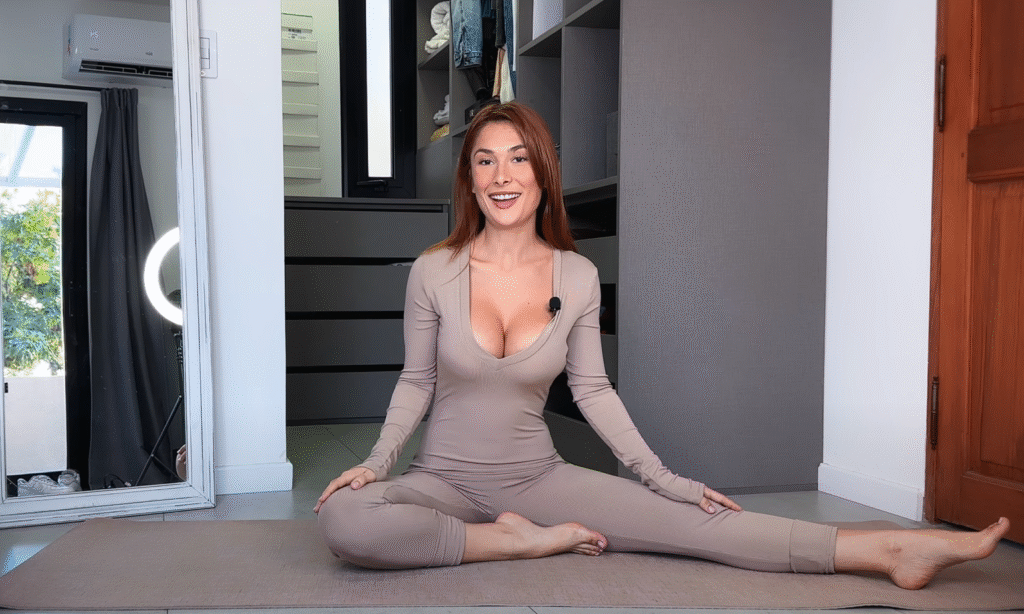
What is Spread Open Yoga?
“Spread open yoga” isn’t a formal category like Hatha or Vinyasa, but rather a descriptive term that refers to poses that involve opening the hips, groin, and inner thighs through wide-legged positions. Think of poses like Wide-Legged Forward Fold (Prasarita Padottanasana), Frog Pose (Bhekasana), and Goddess Pose (Utkata Konasana). These asanas focus on stretching the body along its lateral (side-to-side) plane, rather than the more commonly emphasized front-to-back plane (as in forward folds or backbends).
These poses help to “spread open” the pelvic area and promote flexibility where many people feel the most tightness due to sedentary lifestyles or stress—namely, the hips and lower back.
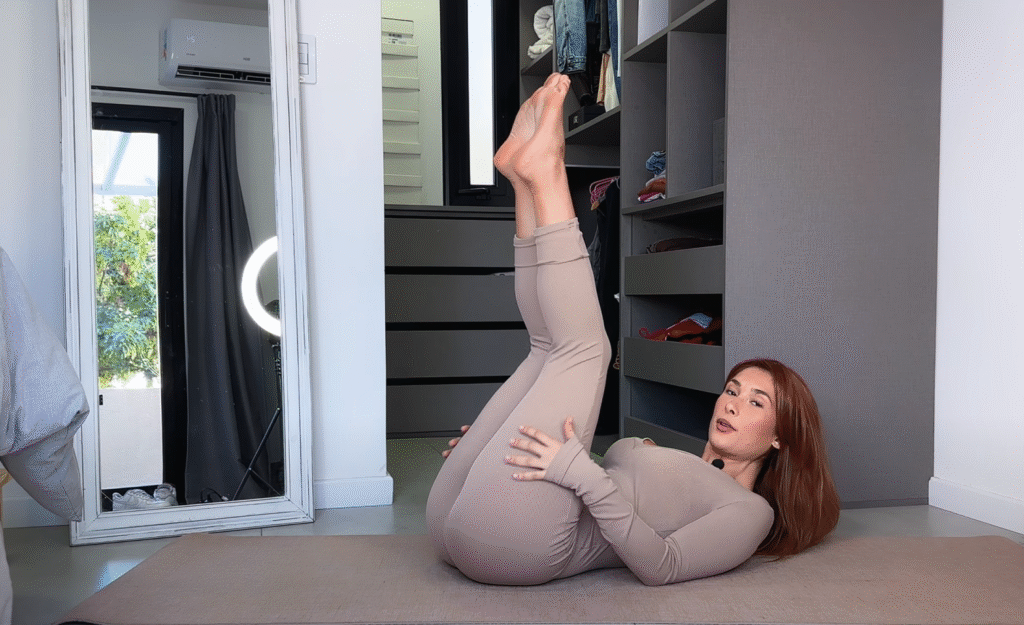
Why Flexibility Matters
Flexibility in yoga goes beyond touching your toes or doing the splits. It’s about improving the body’s functionality and flow. Increased flexibility offers several benefits:
- Reduces Muscle Tension: Stretching lengthens the muscles, helping reduce tightness and soreness, especially in areas like the hamstrings, adductors, and lower back.
- Improves Joint Mobility: When joints move freely, you are less prone to injuries and discomfort during everyday activities.
- Supports Circulation: Stretching helps increase blood flow to muscles, feeding them with oxygen and nutrients.
- Promotes Emotional Release: The hips are known in yoga as emotional storage centers. Releasing physical tightness here can help release pent-up stress and anxiety.
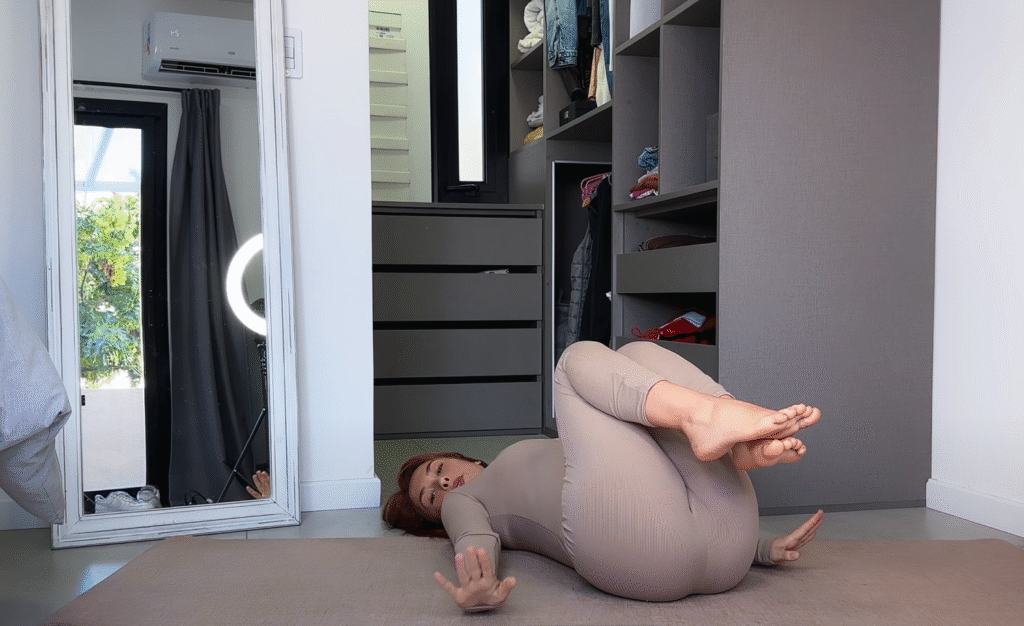
Key Spread Open Yoga Poses
Here are several powerful “spread open” poses that can transform your flexibility over time:
1. Wide-Legged Forward Fold (Prasarita Padottanasana)
This pose is excellent for stretching the hamstrings, calves, inner thighs, and spine. It also calms the nervous system and improves balance.
- Stand with legs wide apart.
- Hinge at the hips and fold forward with a straight spine.
- Let the crown of the head reach toward the ground, and place your hands on the floor or blocks.
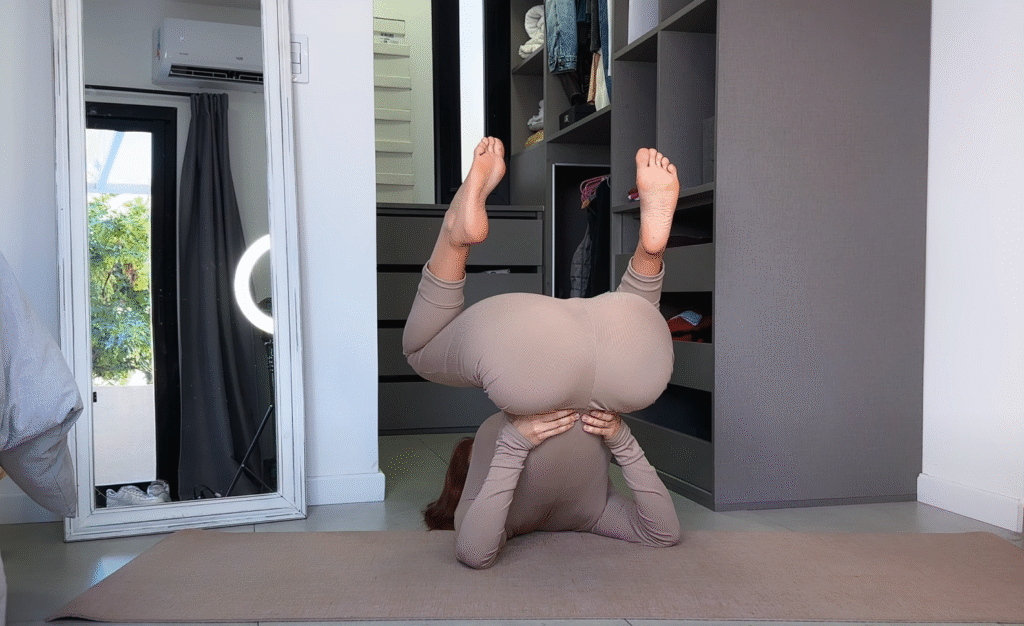
2. Frog Pose (Bhekasana)
Frog Pose is intense but deeply effective in targeting the inner thighs and groin.
- Come onto all fours, then slowly widen your knees as far apart as comfortable.
- Keep your ankles in line with your knees and your shins parallel.
- Lower your chest to the mat and breathe deeply.

3. Goddess Pose (Utkata Konasana)
This strong, empowering pose strengthens and opens the hips, inner thighs, and glutes.
- Stand with feet wide and turned out at a 45-degree angle.
- Bend your knees deeply so your thighs are parallel to the floor.
- Engage your core and hold your arms in a cactus position.
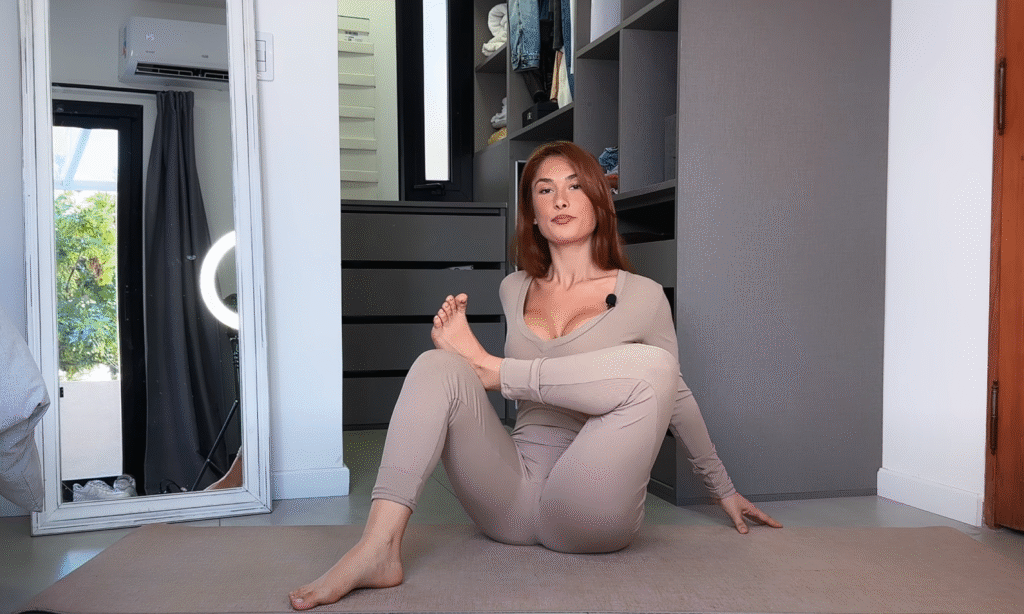
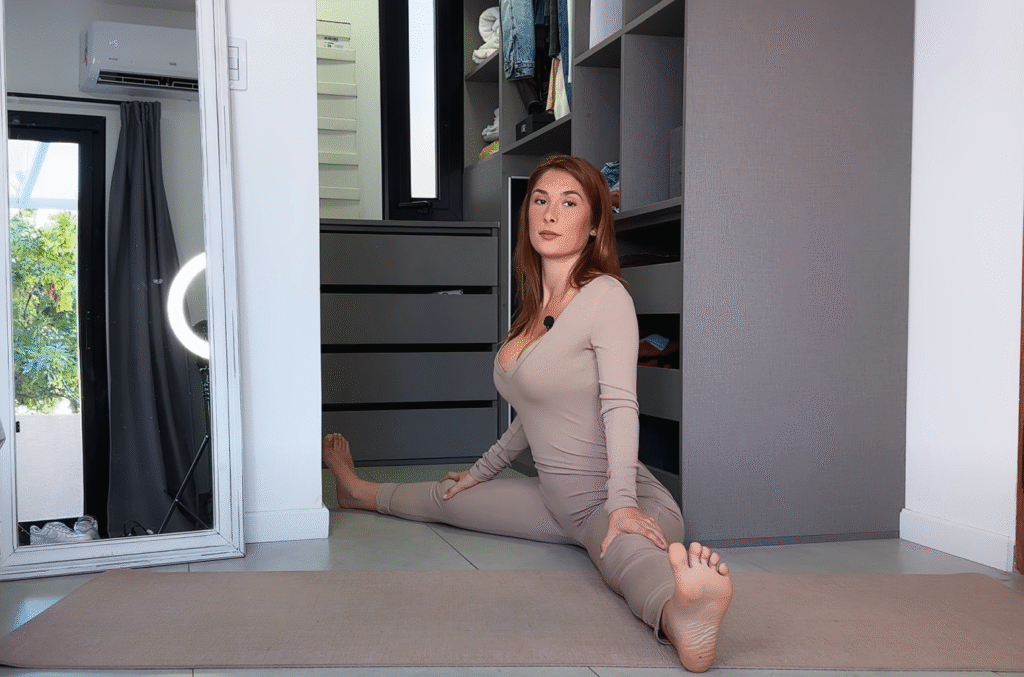
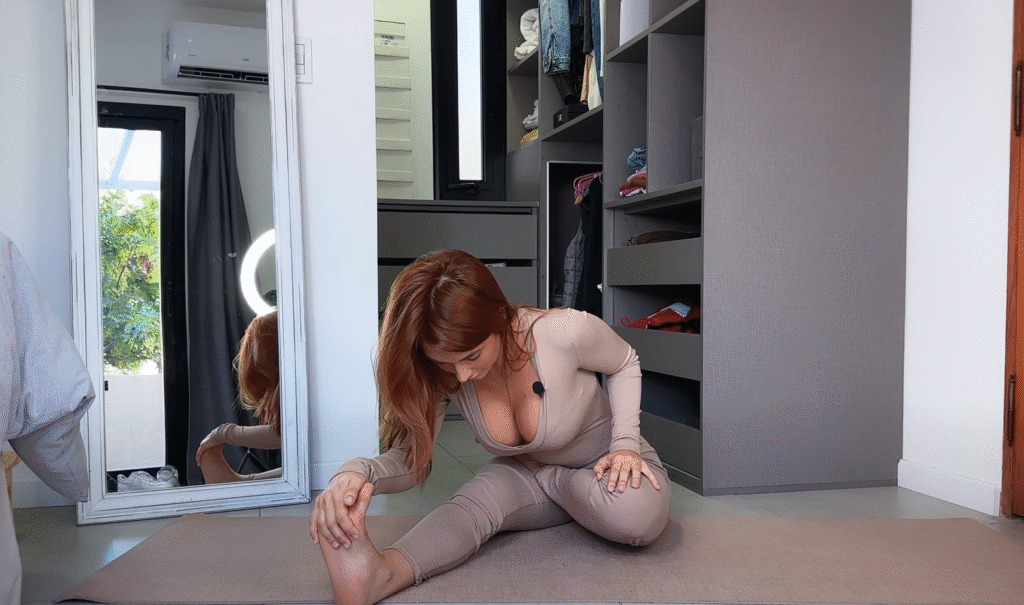
4. Bound Angle Pose (Baddha Konasana)
Also known as Butterfly Pose, this gentle seated posture releases tension in the hips and stretches the inner thighs.
- Sit with the soles of your feet together and knees falling out to the sides.
- Hold your feet or ankles and gently press your knees down with your elbows.
5. Dragonfly Pose (Upavistha Konasana)
A wide-seated forward fold that offers a deep stretch for the hamstrings and adductors.
- Sit with your legs extended in a wide “V” shape.
- Keep the spine straight and fold forward from the hips, reaching your chest toward the floor.

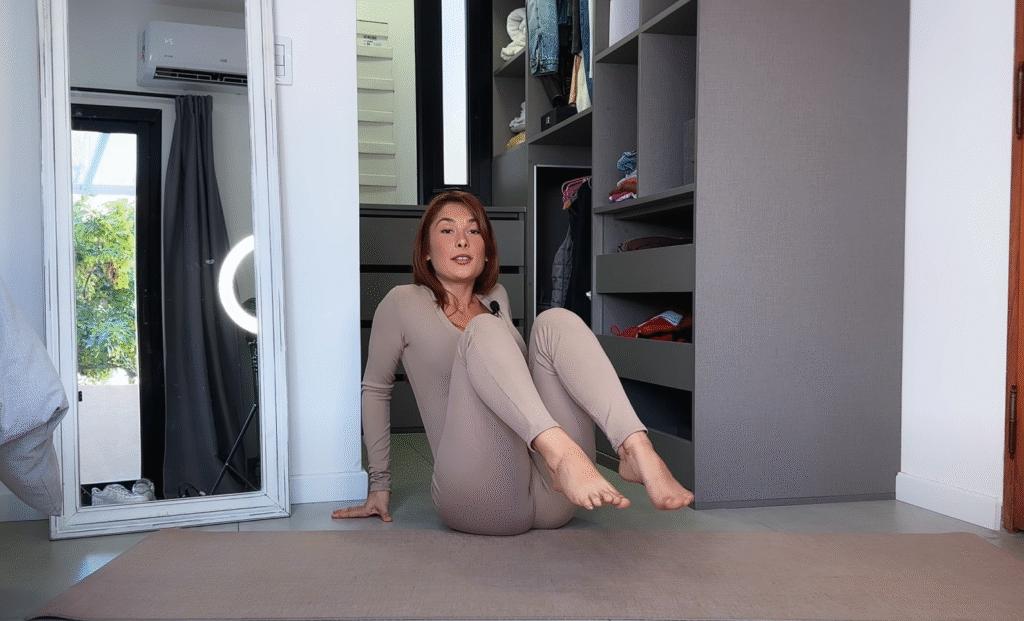
How to Improve Flexibility Safely
Gaining flexibility in spread open poses requires patience, consistency, and a deep respect for your body’s boundaries. Here are some tips to guide your practice:
- Warm Up First: Cold muscles are more prone to strain. Start with dynamic movements or a few rounds of Sun Salutations to increase blood flow before attempting deep stretches.
- Use Props: Yoga blocks, bolsters, and straps can support your body and help you maintain alignment while gradually increasing your stretch.
- Stay Consistent: Like any skill, flexibility improves with regular practice. Even 10–15 minutes a day can yield results over time.
- Breathe Deeply: Your breath is your best tool. Long, slow inhales and exhales calm your nervous system and signal your muscles to release tension.
- Avoid Pushing Too Hard: Yoga isn’t about forcing. If you feel sharp pain or discomfort, ease out of the pose. Stretching should feel intense but manageable.
Mental and Emotional Benefits
In addition to physical flexibility, spread open yoga helps expand emotional awareness. The hips and pelvis are considered emotional centers in many yoga traditions. Practicing these wide-open poses can trigger emotional release, leading to moments of unexpected laughter, crying, or calmness. This is a natural part of the body-mind connection and can lead to deep healing.
Furthermore, the meditative aspect of holding open poses for extended periods—especially in yin yoga—can cultivate mindfulness, patience, and the ability to sit with discomfort without judgment.
A Sample Sequence
Here’s a simple 20-minute “Spread Open Flexibility” sequence you can try at home:
- Warm-up (5 minutes) – Cat-Cow stretches, gentle hip circles, Downward Dog.
- Wide-Legged Forward Fold (2 minutes) – Hold with a straight spine or rest head on a block.
- Goddess Pose (1 minute) – Flow between static hold and pulses.
- Frog Pose (3 minutes) – Use a bolster or blanket under your chest if needed.
- Dragonfly Pose (3 minutes) – Hold with support under your knees if needed.
- Bound Angle Pose (3 minutes) – Add a forward fold for deeper stretch.
- Savasana (3 minutes) – Relax completely on your back, arms and legs spread open.
Final Thoughts
“Spread open yoga flexibility” is not about contorting your body into extreme shapes. It’s about creating space—physically, mentally, and emotionally. By gradually opening the hips and strengthening the surrounding muscles, you cultivate a sense of ease, groundedness, and grace in your movements.
Whether you’re new to yoga or a seasoned practitioner, integrating wide-legged, open-hip poses into your routine can bring balance to the body and clarity to the mind. Embrace the journey, listen to your body, and let each breath guide you toward deeper flexibility and freedom.

